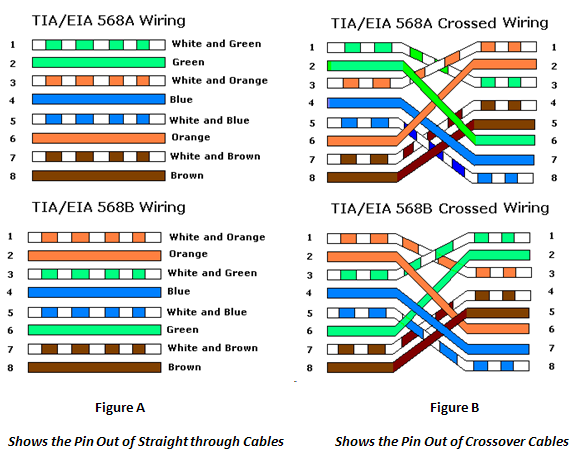An Ethernet crossover cable is a specialized networking cable that allows direct communication between two similar devices, such as two computers or two switches, by reversing the transmit and receive pairs in its wiring. This eliminates the need for intermediate devices like hubs or switches, facilitating data exchange in peer-to-peer setups.
How It Differs from a Standard Cable
In a standard Ethernet cable, the wiring connects transmit pins to receive pins between dissimilar devices (e.g., a computer to a switch). For a crossover cable:
- Pin 1 (Tx+) connects to pin 3 (Rx+)
- Pin 2 (Tx-) connects to pin 6 (Rx-)
- Reversed wiring ensures symmetric transmit/receive pairs
This pin-out reversal prevents signal conflicts when both devices send or receive on identical ports.

Purpose and Practical Use Cases
Crossover cables were historically essential for direct device connections in scenarios without network infrastructure:
- Connecting two PCs for file sharing or gaming
- Linking two routers for cascading networks
- Troubleshooting network issues by bypassing switches
They support common Ethernet standards like 100BASE-TX and Gigabit Ethernet, provided cable categories (e.g., Cat 5e) meet distance limits.
Modern Relevance and Alternatives
Due to auto-MDIX technology in most modern devices, the need for crossover cables has diminished. Auto-MDIX automatically detects and adjusts pin configurations, allowing standard cables to function in crossover scenarios. However, crossover cables remain useful for older equipment or specialized testing environments.
Always verify cable type before implementation to avoid connectivity errors.












